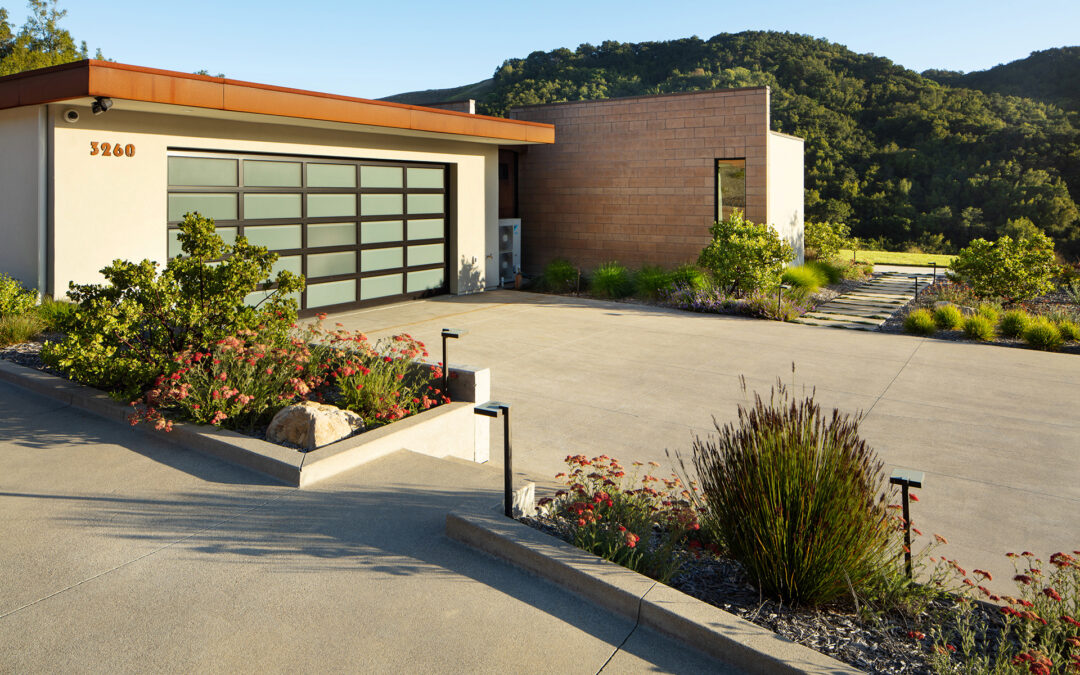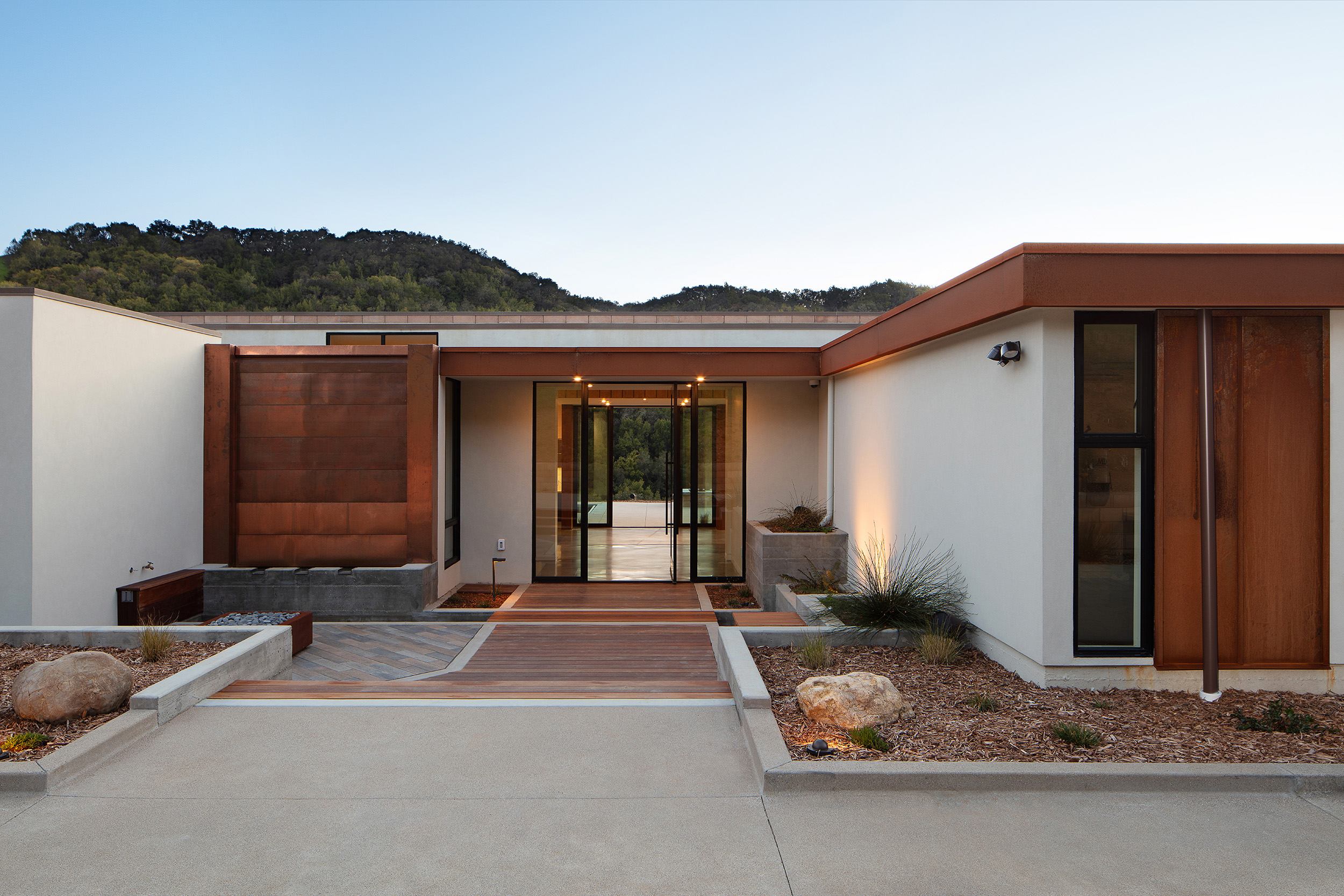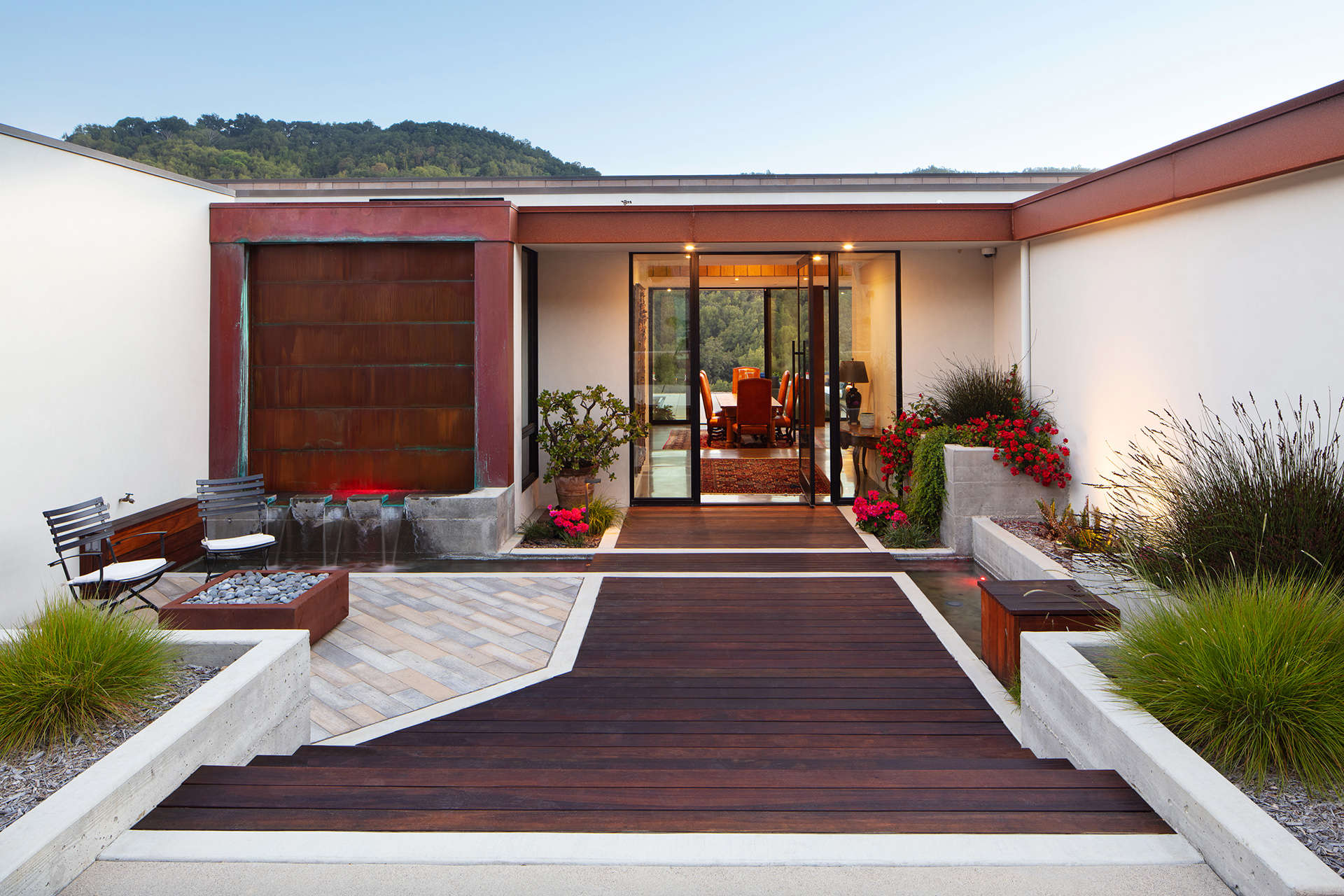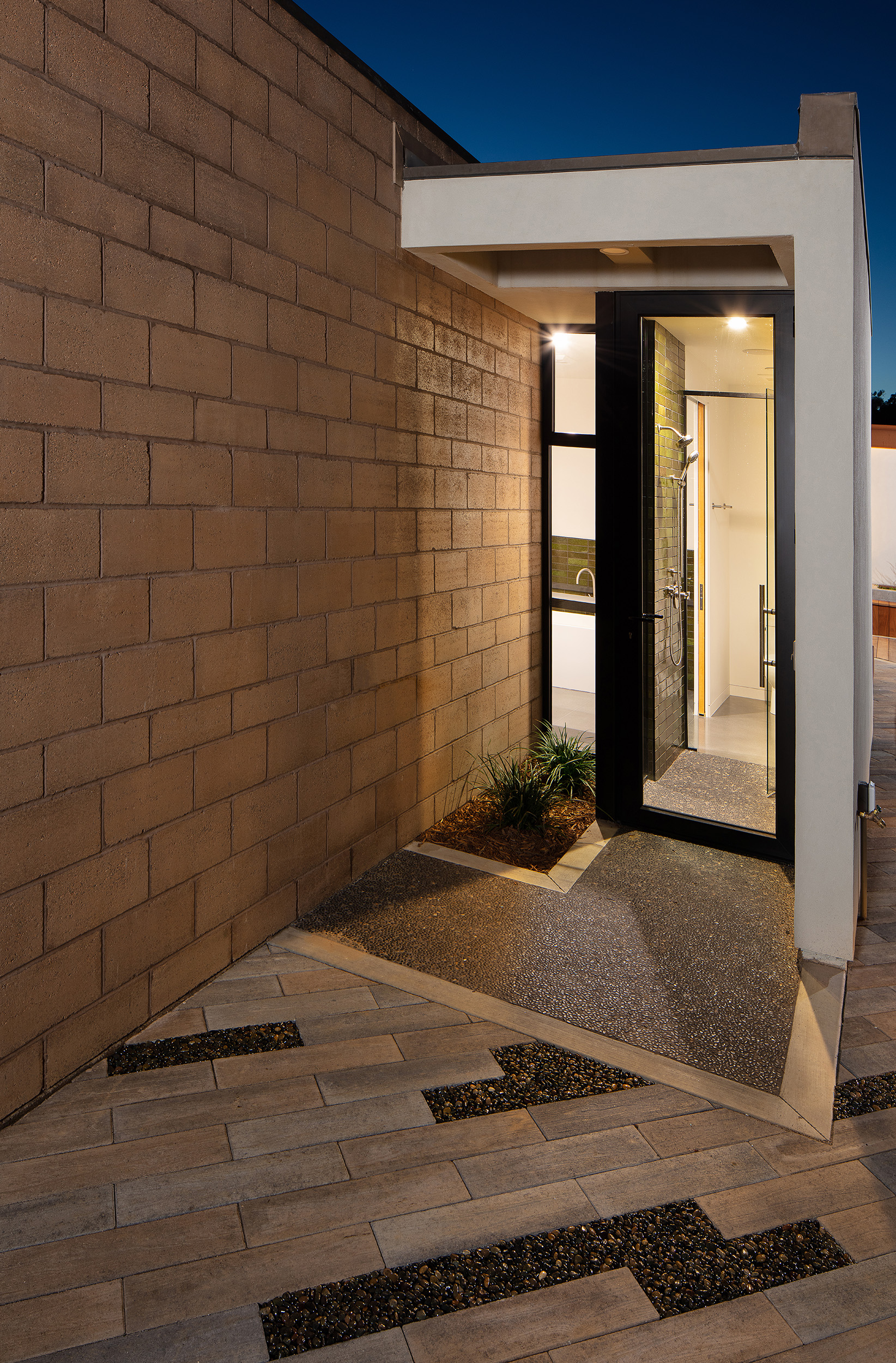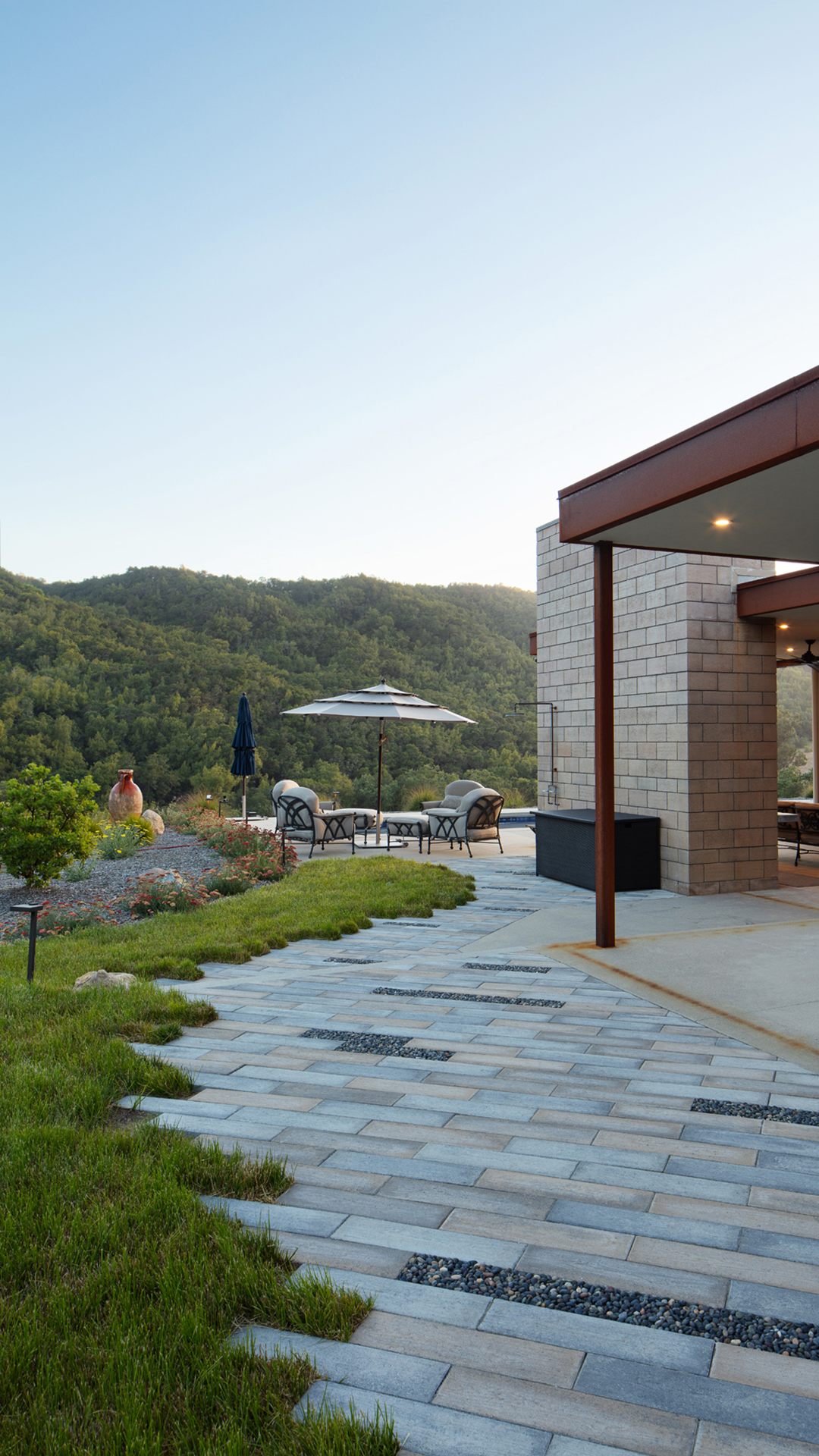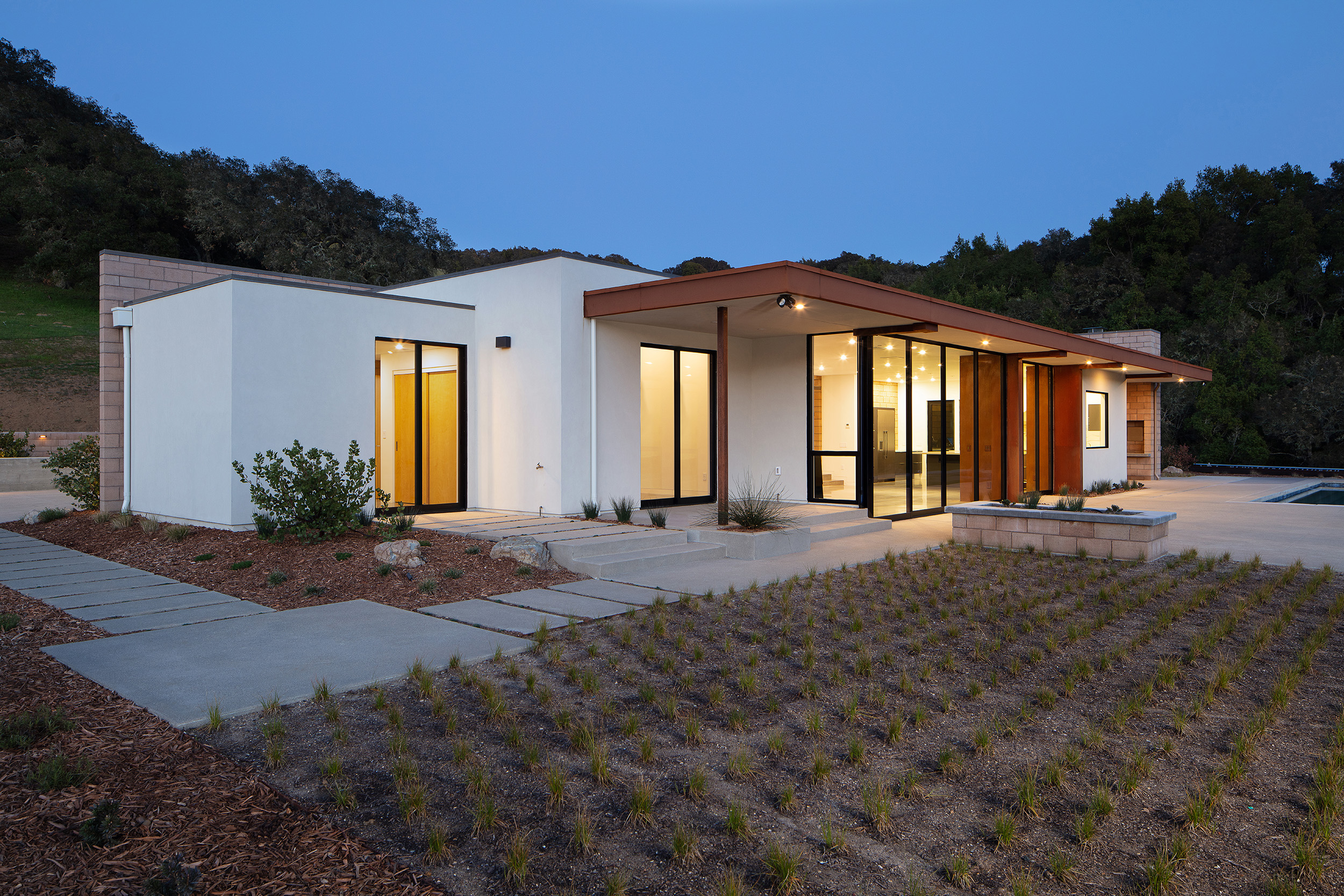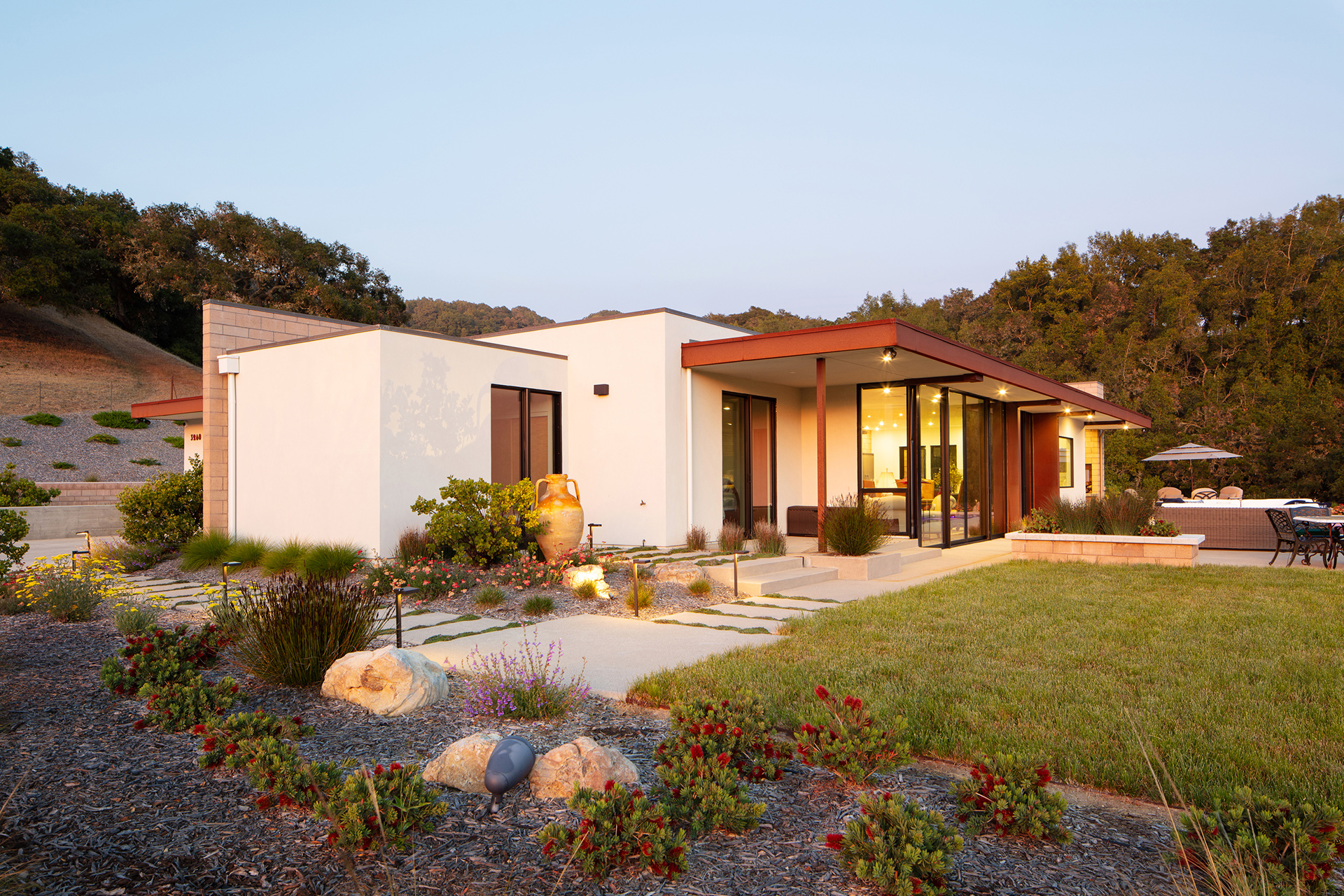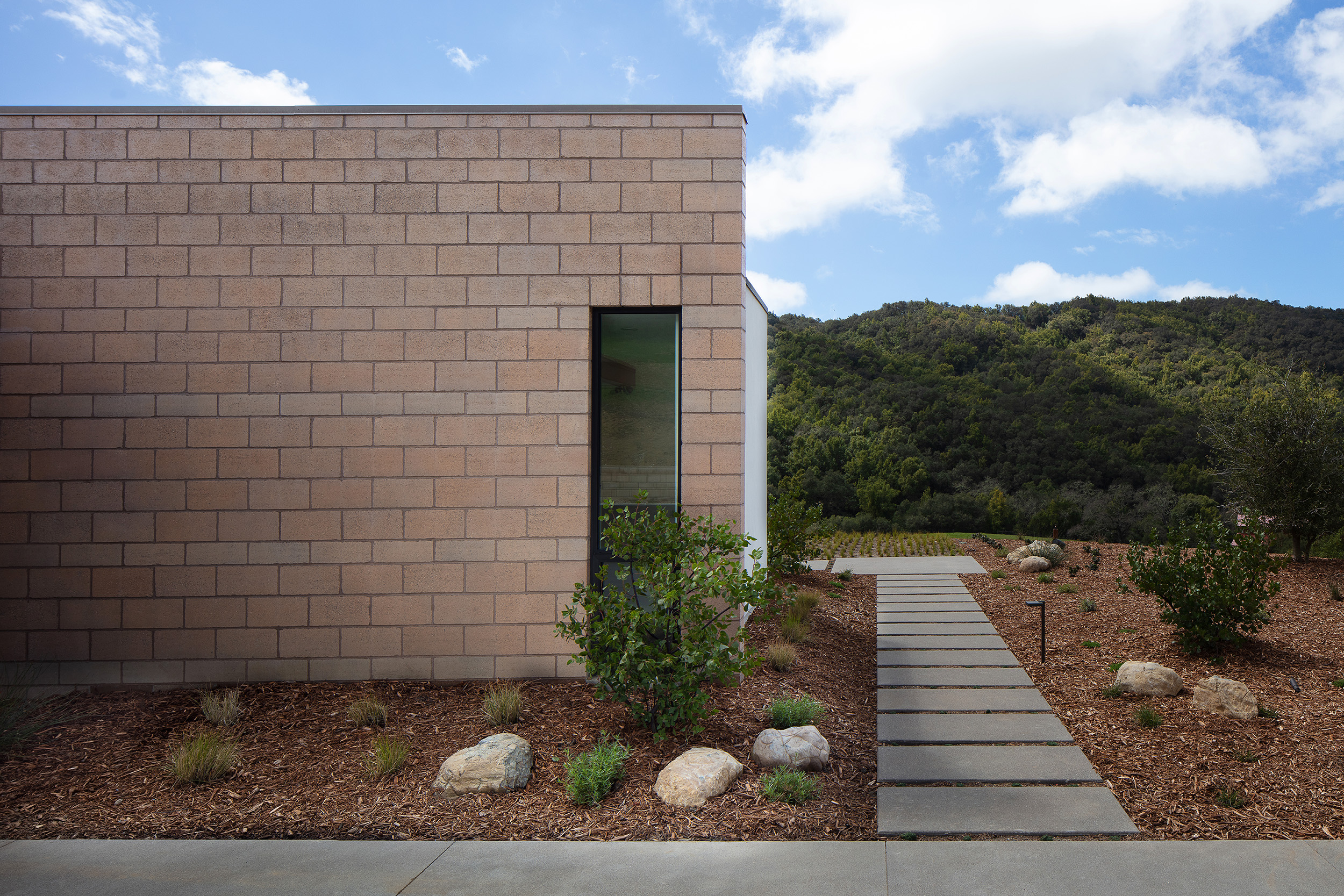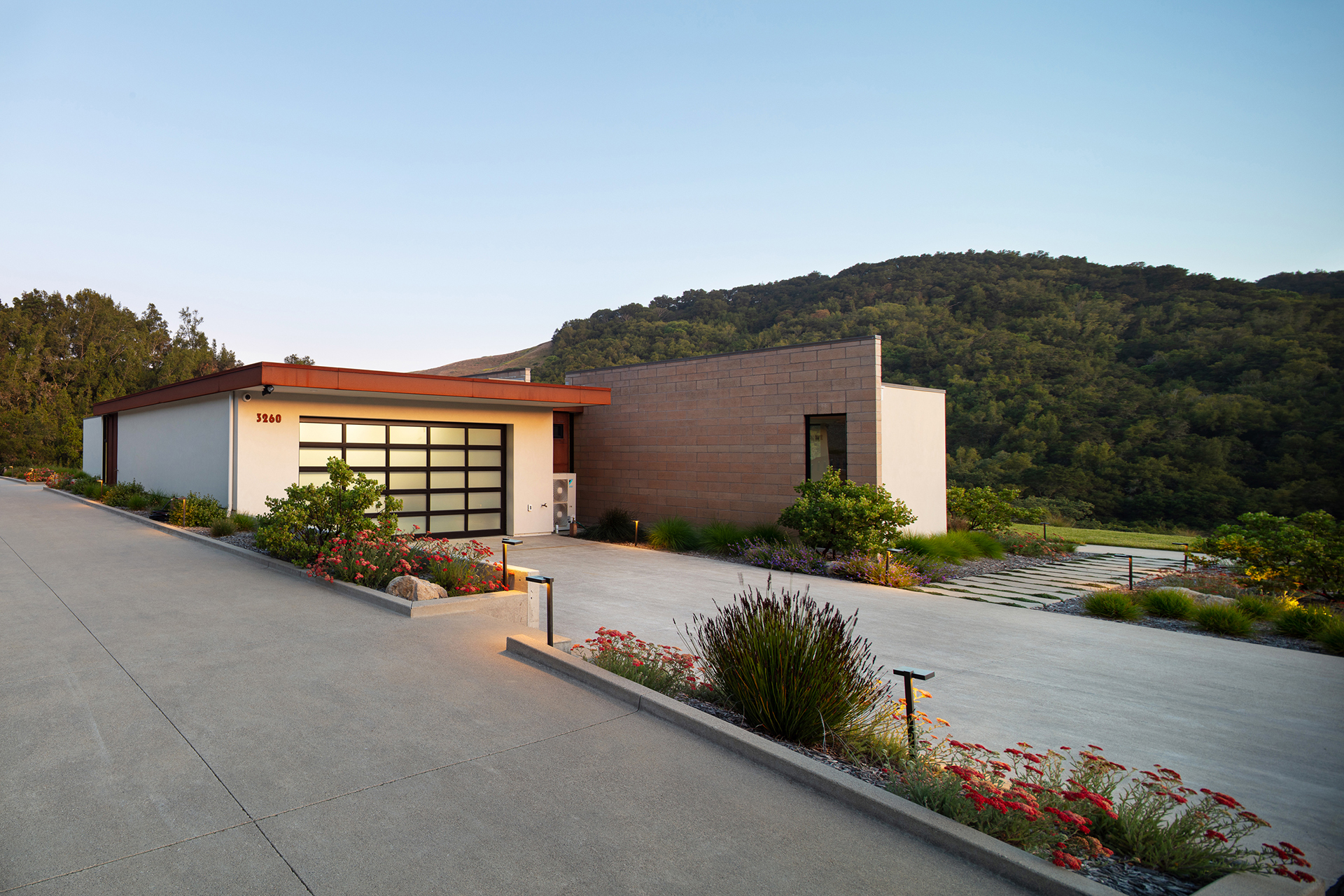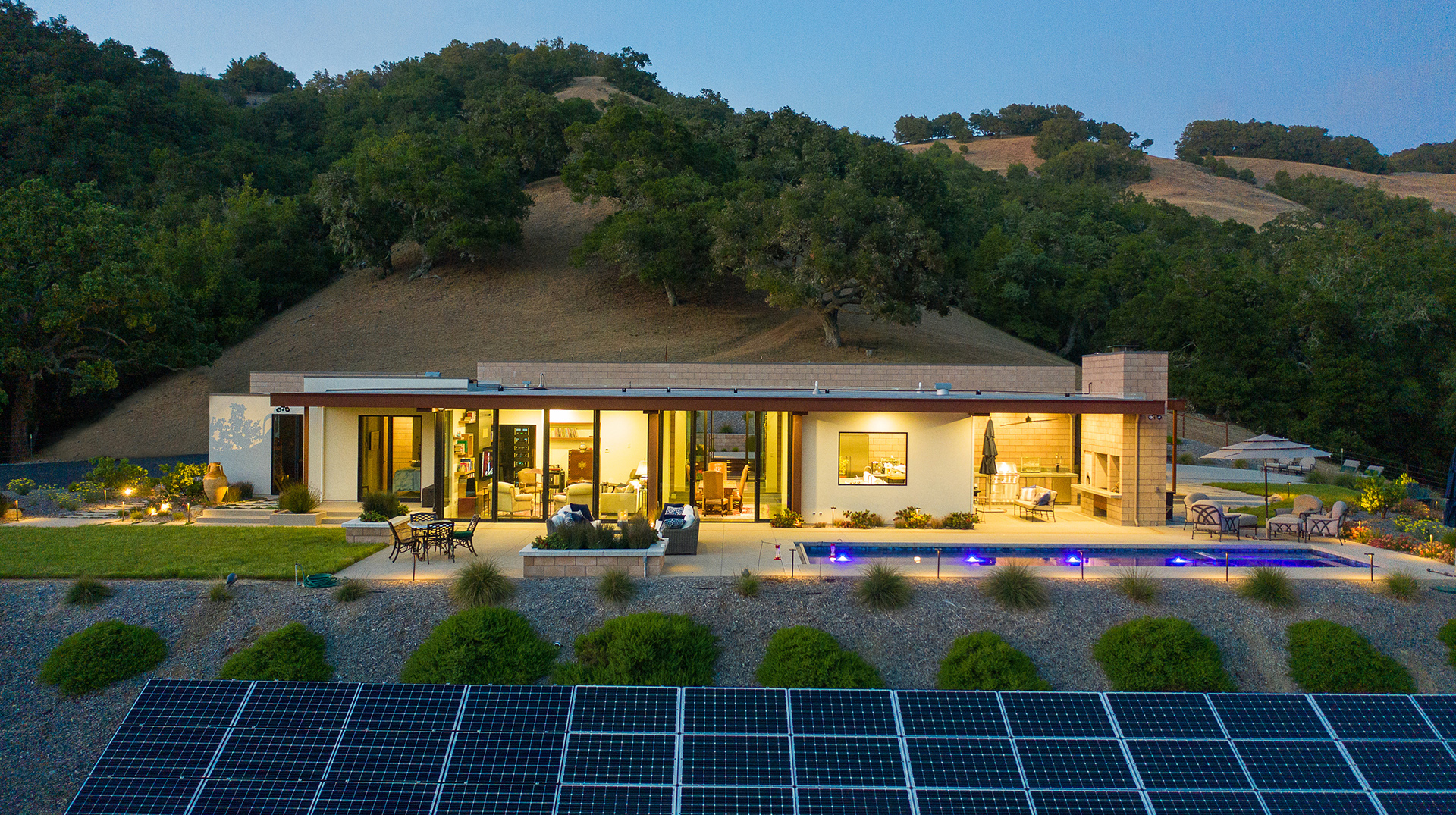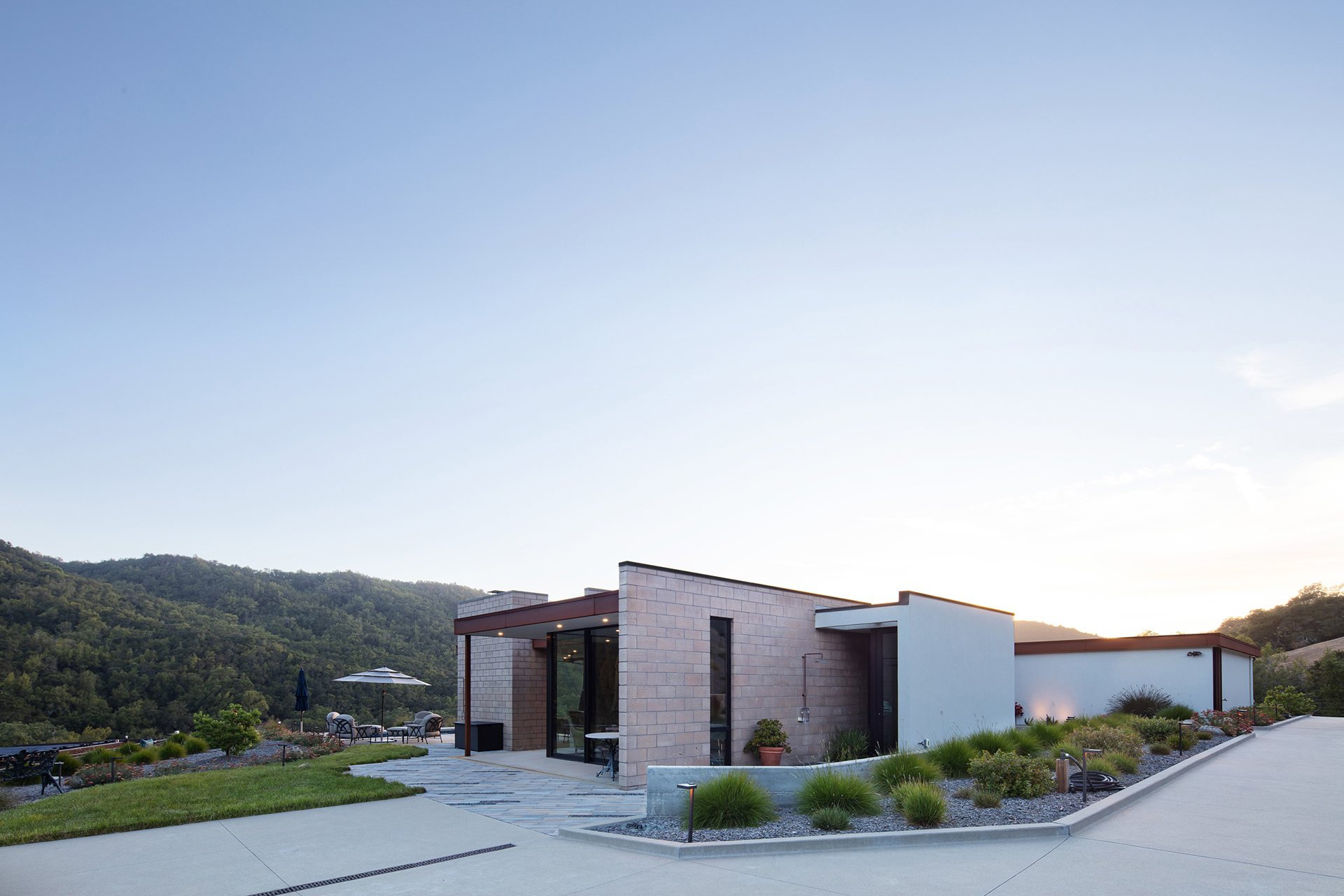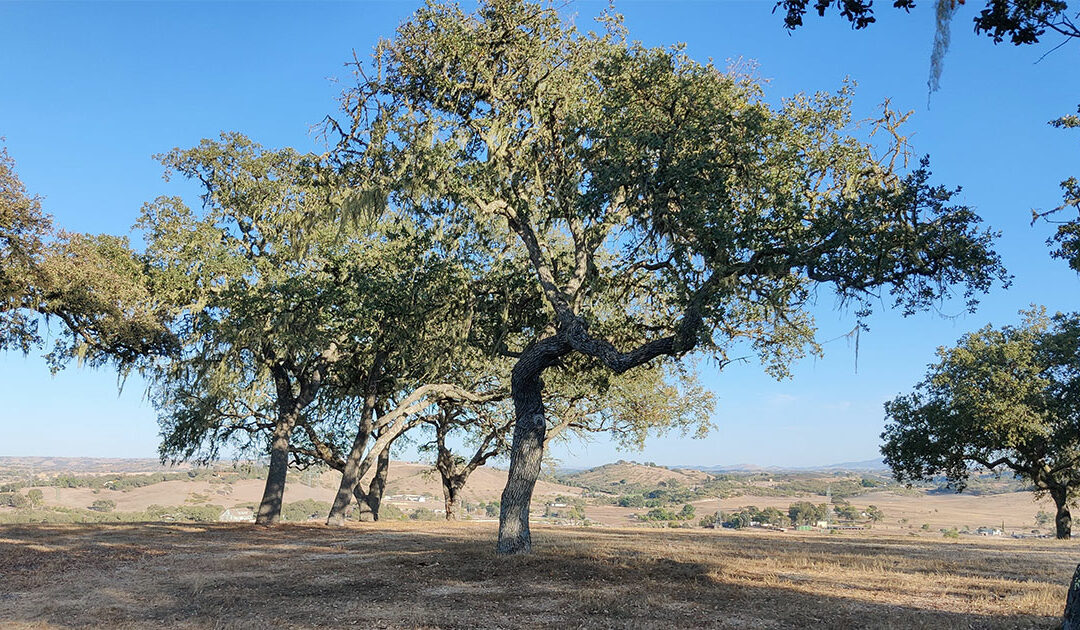
Feb 15, 2023
Perched on a hilltop in Templeton, this new residence boasts sweeping view back into the valley. Madrone Landscape provided design-build services to capture and encourage the beauty of both the site itself and the area.
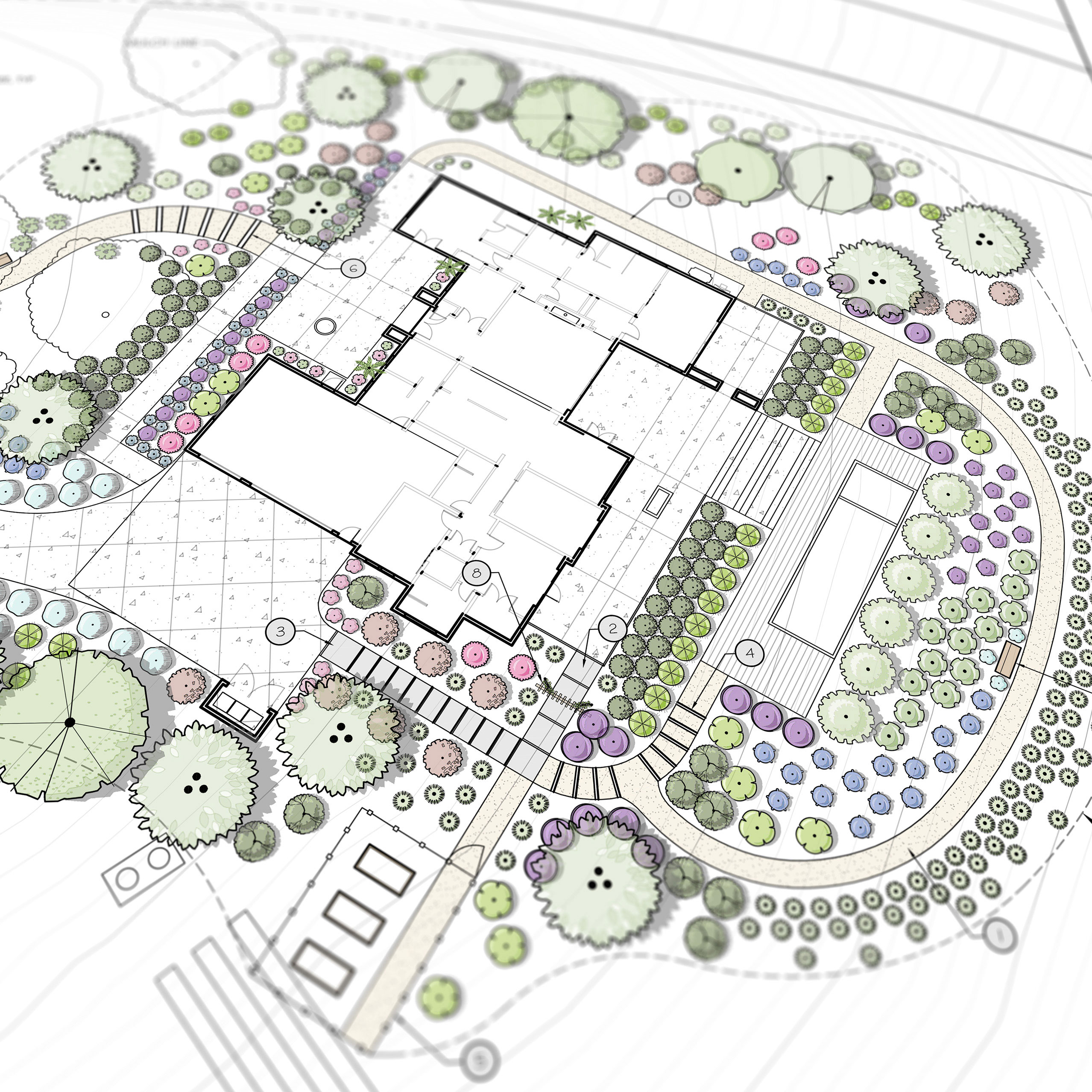
The house sits just below a small grove of valley oaks, providing an opportunity to highlight their arching structure and blend the landscape back into their shade. Lighting along the entry drive highlights the oaks and new trees, as well as providing for function, safety, and beauty in stairs at night.
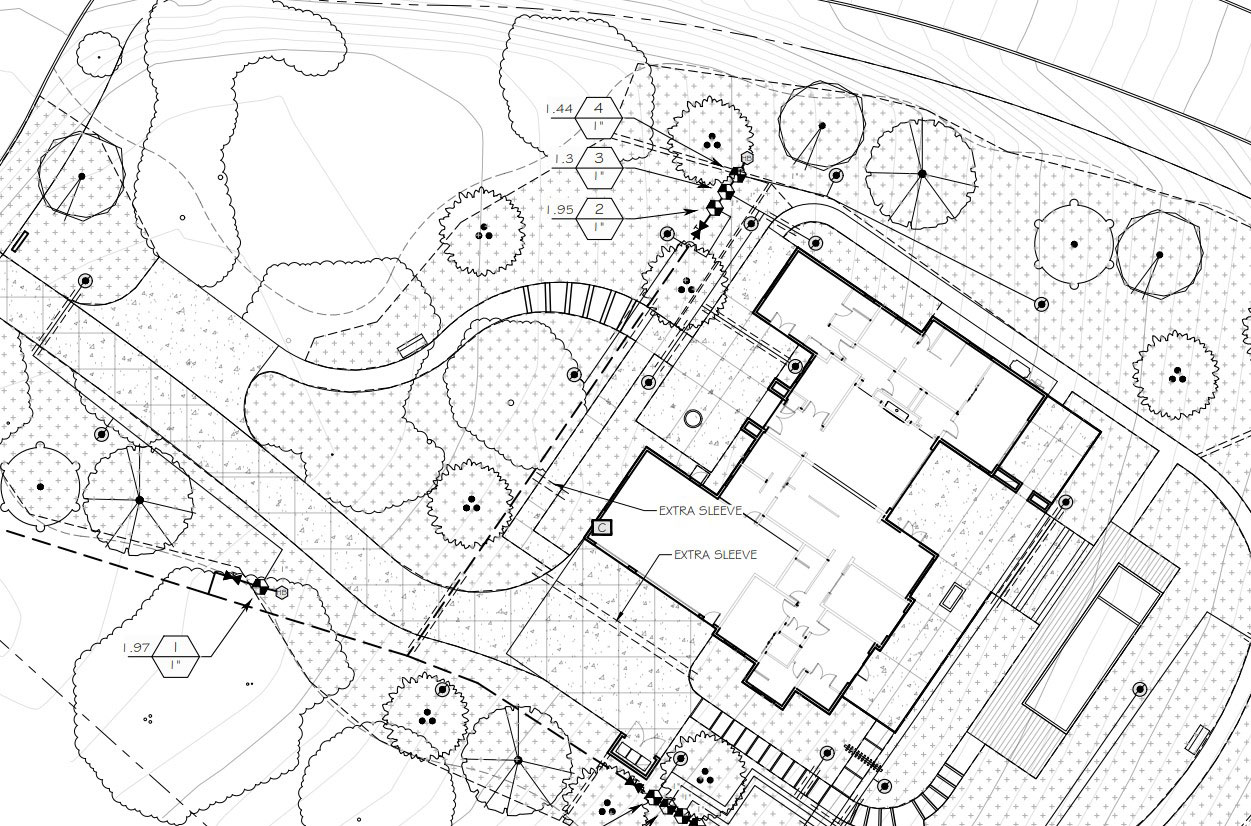
Looking out over the valley is a bench is nestled underneath the existing oaks, just below the infinity edge pool. Lavenders, sages, rockrose, and grevillea provide colorful interest almost year round, while muhly and miscanthus provide a grassy backdrop and transition to native landscape.
The project includes multiple levels, with a variety of stairs and steps to transition between. A fenced garden area is positioned in a sunny location near the back patio, with a network of paths connecting the garden, patio, pool deck, seating areas, entry, and parking.
Olive, bay, and sumac provide evergreen screening and color, while chitalpa offers a splash of color on a sprawling trunk. Madrone design provided planting, irrigation, and lighting plans, as well as irrigations for the California Model Water Efficient Landscape Ordinance.
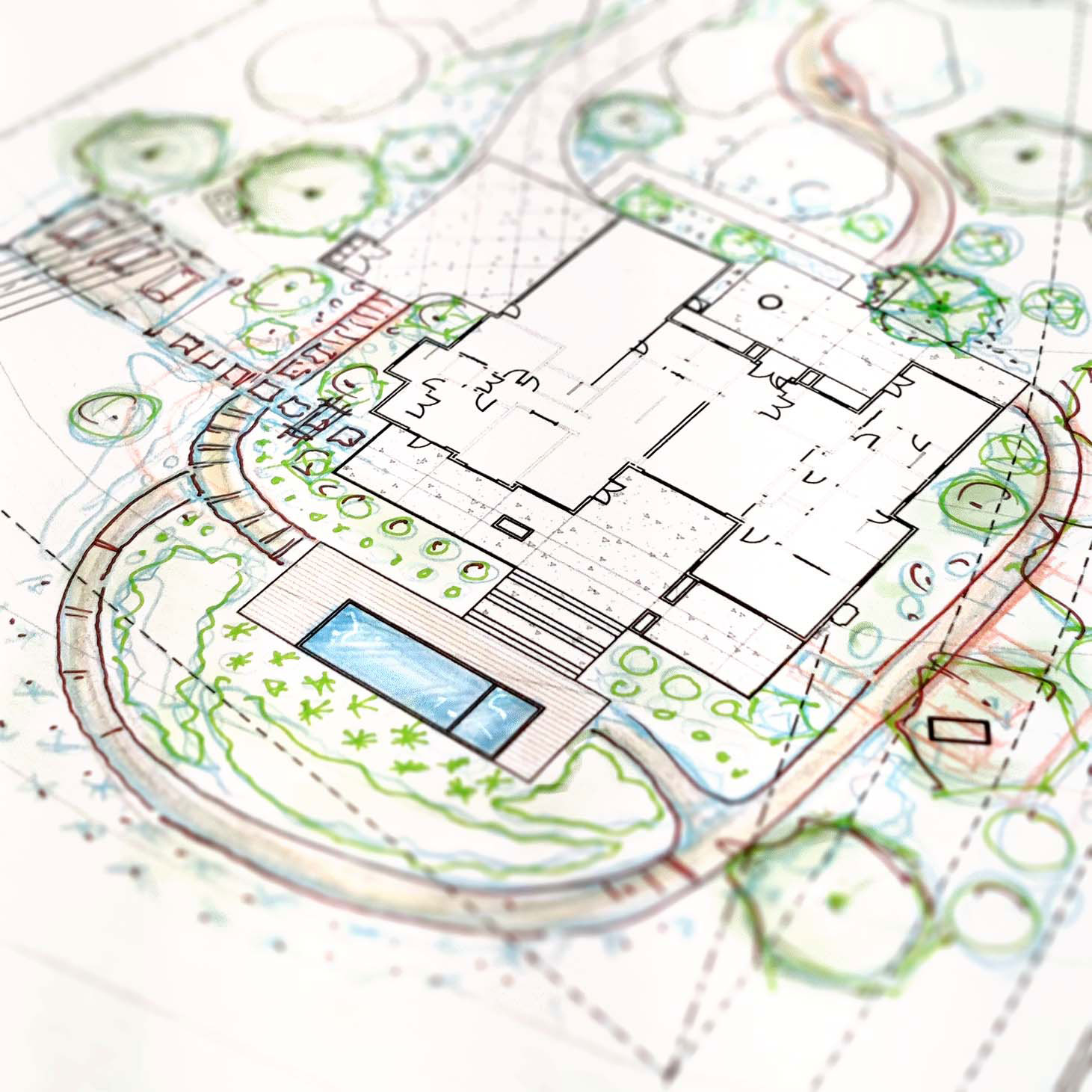
Want more information on our landscape design services? Contact our landscape designers at [email protected] or (805) 466-6263.
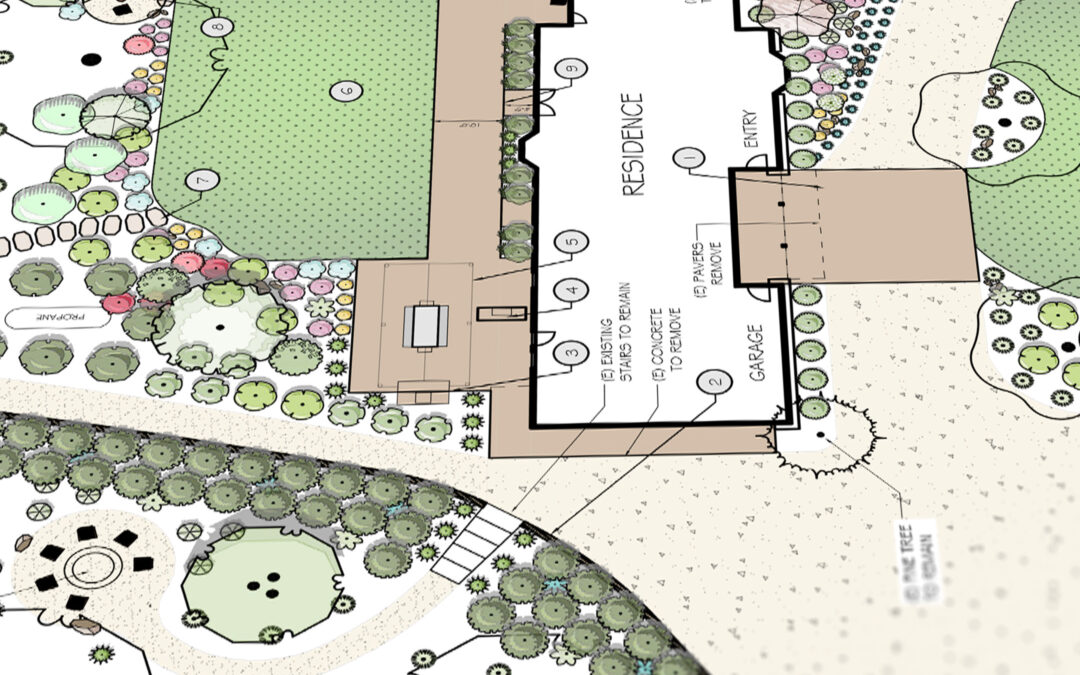
Feb 13, 2023
The owners of this scenic Creston ranch property requested a master plan for select areas throughout in order to improve both form and function. The goal was to keep the space as natural as possible while adding ample and varied space for entertaining and family gatherings.
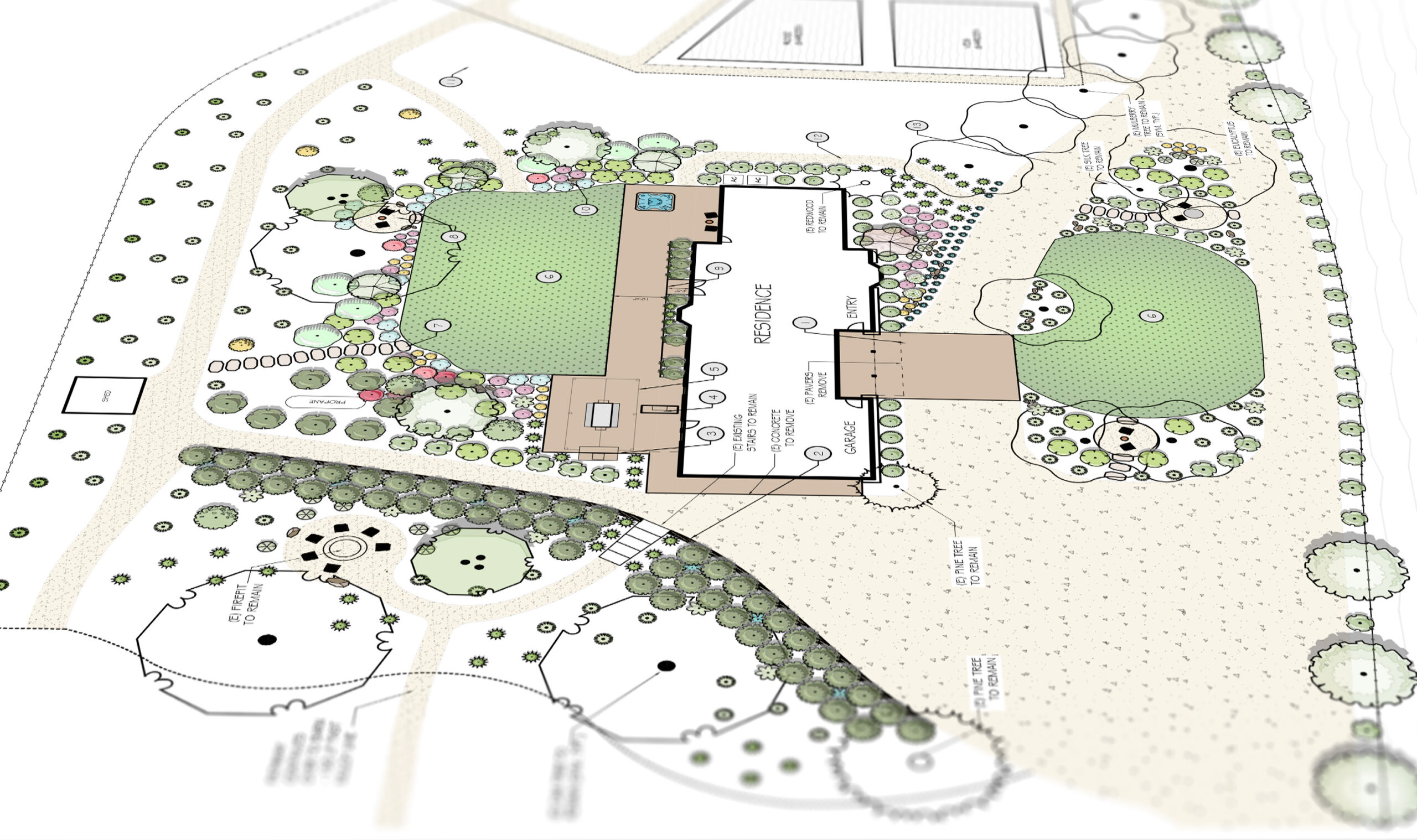
Our design focuses on aesthetics, efficiency, and usability. Key elements include eye-catching plants such as Agaves and Phlomis at the front entrance, trees and greenery along the driveway, multi-use entertainment spaces, natural stone retaining walls, and more.
Close to the house is the main covered patio area with a stone-veneer fireplace and outdoor kitchen, space for a hot tub, and plenty of seating. Moving away from the residence, the landscape transitions to green lawn for family play, then planting space and dg paths that feather out into the natural expanse beyond. Smaller seating pockets are spread throughout the landscape in order to enjoy the views and the new landscape’s beauty.
Every plant picked achieves the owners’ desire for aesthetics while still achieving drought tolerance and low maintenance goals. The plant palette includes many Central Coast natives such as Manzanitas, Coffeeberry, Carex and Calamagrostis grasses. A re-designed irrigation system achieves maximum efficiency while the lighting plan ensures enjoyment even after dark.
Want more information on our landscape design services? Contact our landscape designers at [email protected] or (805) 466-6263.

Nov 30, 2022
Madrone was hired to design a low-water landscape and irrigation plan for a new commercial building on an existing half-acre empty lot in Paso Robles. The placement of trees and shrubs was critical to creating an appealing front entry and visual screen for the sizable building.
Native plant species were selected for year-round interest with low maintenance requirements. Tree plantings were arranged to enhance views toward the building entry, screen certain areas, provide seasonal interest, and shade during summer months. The company color, visible in a band on the building, has been reflected in seasonal color accents within the landscape.
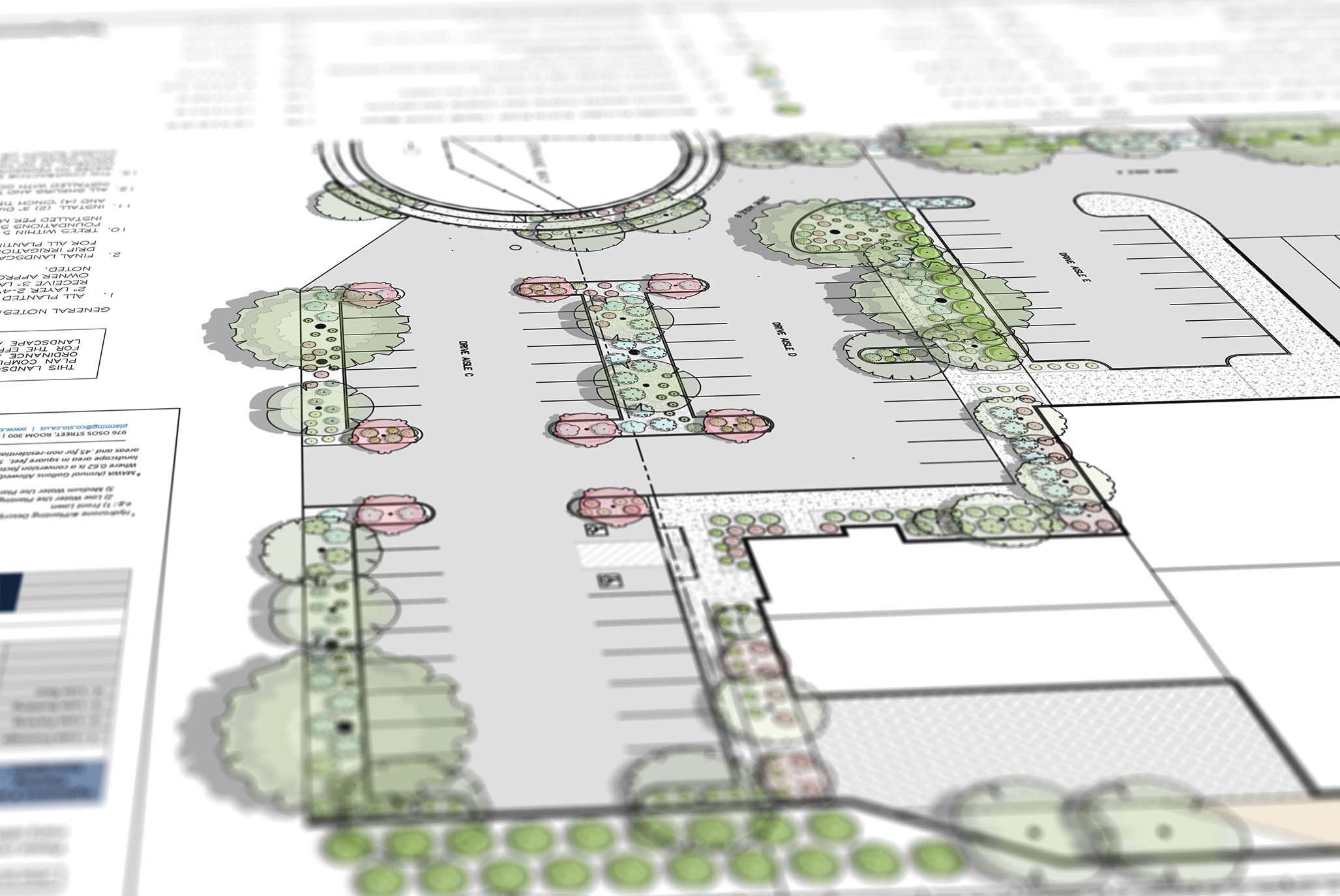
As part of the design package, Madrone created a 3D landscape rendering to visually communicate both the landscape and proposed structure.
Want more information on our landscape design services? Contact our landscape designers at [email protected] or (805) 466-6263.
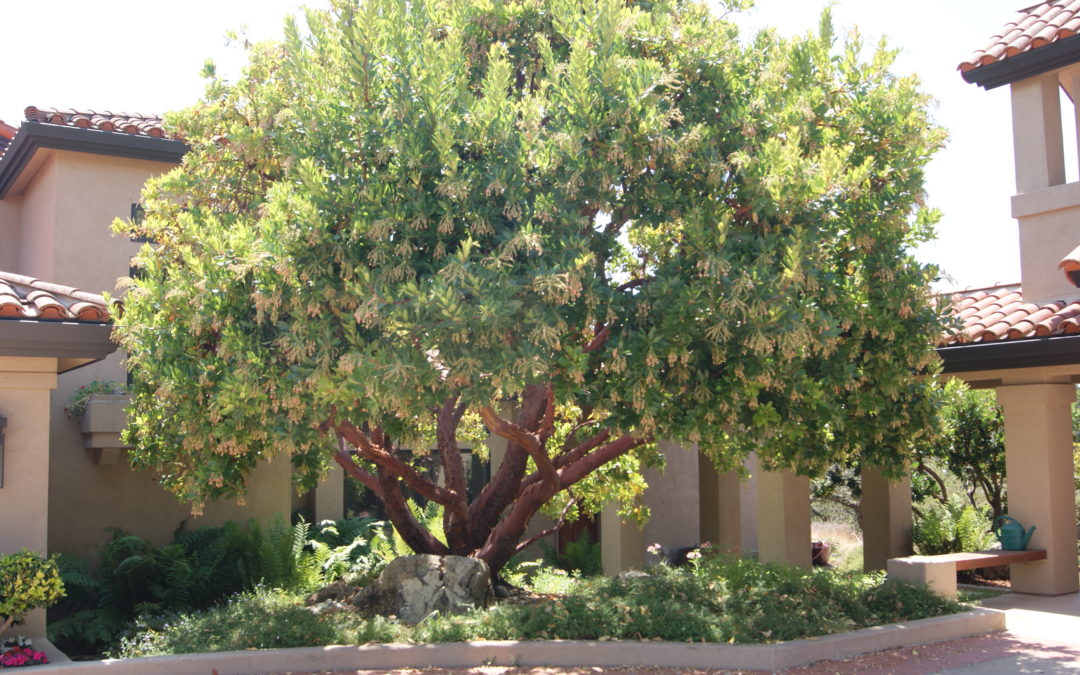
Apr 20, 2022
A Guide for Central Coast Homeowners
“Imagine a garden that rarely needs pruning, watering or fertilizing. One where natural controls usually take care of pest problems before the gardener even becomes aware of them. A peaceful garden where the sound of blowers, power mowers, or chain saws never intrudes. Imagine a garden that also serves as a climate control for the house, keeping it cool in summer and warm in winter; a garden that traps rainwater in an attractive streambed to deeply irrigate the trees and recharge the groundwater; one that provides habitat for wildlife and food for people. Imagine a garden that truly works. This is the sustainable garden—not barren or sacrificial, but as lush and beautiful as any other without all the struggle and waste.” – Author and landscape architect Owen Dell
If Dell’s description fills your heart with delight and your mind’s eye with images of your ideal oasis, a sustainable landscape is probably for you. Here are three vital components in creating a lush, sustainable landscape:
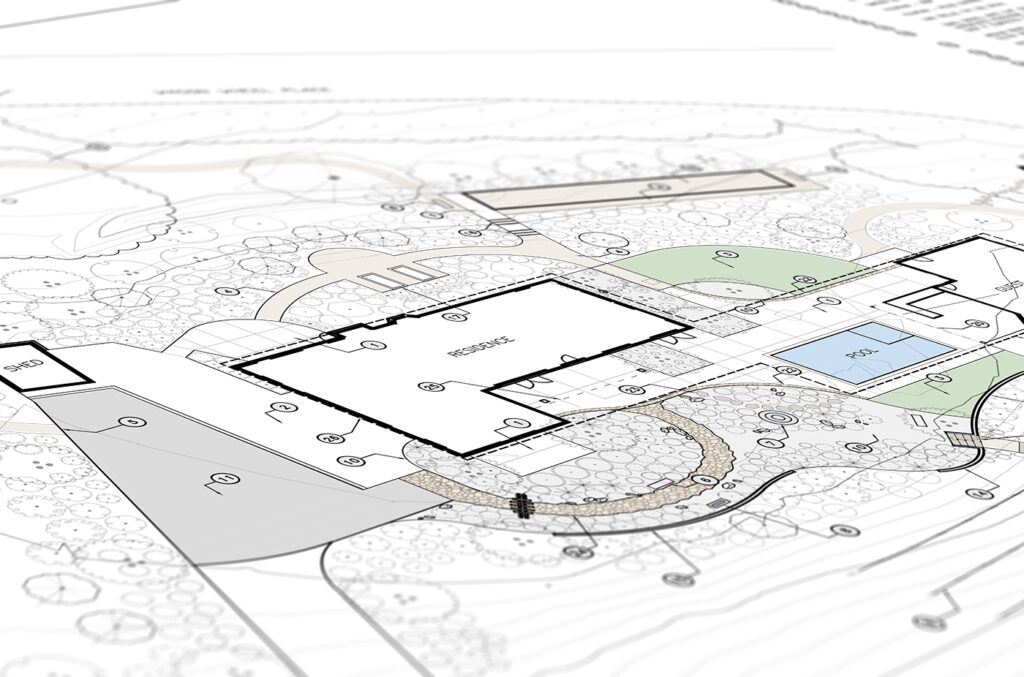
Central Coast ranch site plan
Good Planning
In considering your sustainable landscape, good planning is vital. Creating a design can save you time and money by sourcing an expert to help make the most of your space, time, and budget.
Your designer will ask, “What are the uses you’d like to incorporate?” Hardscape areas like patios, play areas and structures, or water features can all make your property work for you. When contemplating how you’ll be using the areas, think about the materials. Are they sustainably produced and sourced? Consider the Embodied Energy impacts, which include everything it takes to have a material available for your use.
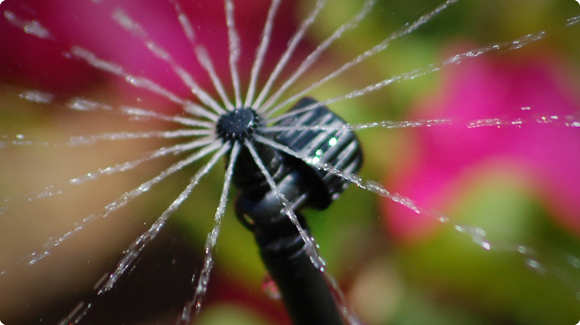
Irrigation Systems
Any discussion of California landscaping will include irrigation. Irrigation systems need to be accurate, low-flow and timed appropriately to keep plants healthy and thriving. A well-designed system ensures your plants receive an appropriate amount of water.
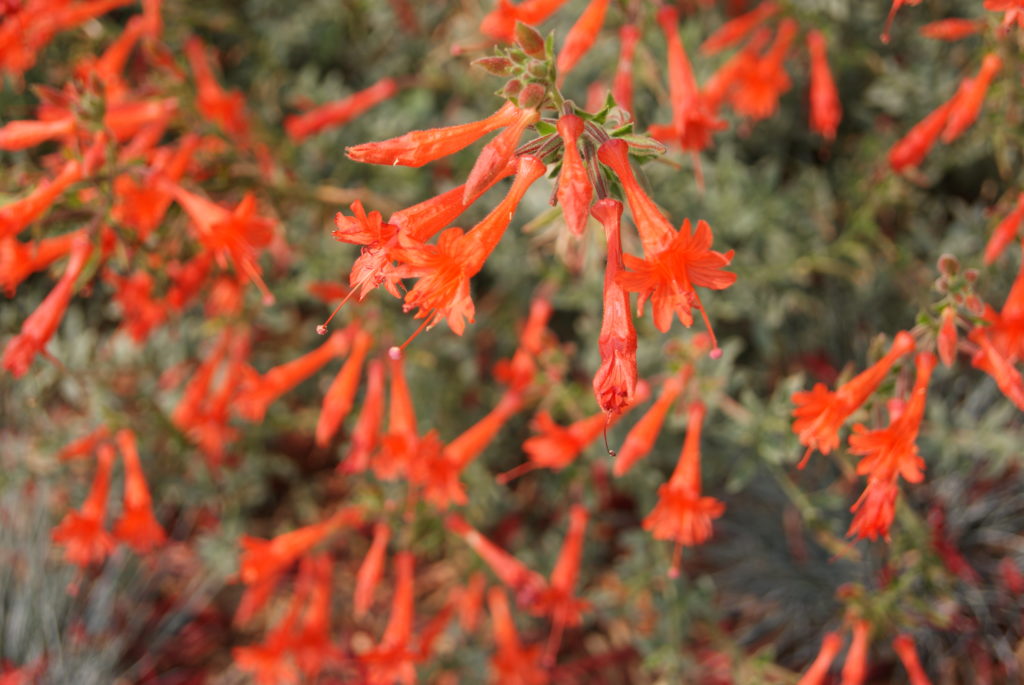
California fuchsia
Plants
When thinking about the plants—whether shrubs, trees, veggies or turf—think about conserving resources, especially over time. California Native Plants is an excellent resource for finding plants that will fit your goals and your design. Local native plants are often the most climate compatible and lowest maintenance choices.
These are just a few of the sustainable principles you can use as guidelines to maximize your landscape efforts. And in doing so, take advantage of living in the incredible region of California’s Central Coast. Make time to get out and enjoy yourselves in your gardens. They offer unique opportunities to unwind and relieve stress. Reconnect with things natural, beautiful and up close. Even in our own gardens we are connected in a very real way to the larger landscape, and how we have a responsibility to sustain the health and beauty of our beloved Central Coast. Let’s make it work for the long run.
Want more information on Central Coast resource-friendly landscapes? Here’s a short video hosted by our own Rick Mathews. Contact our landscape designers at [email protected] or (805) 466-6263.













